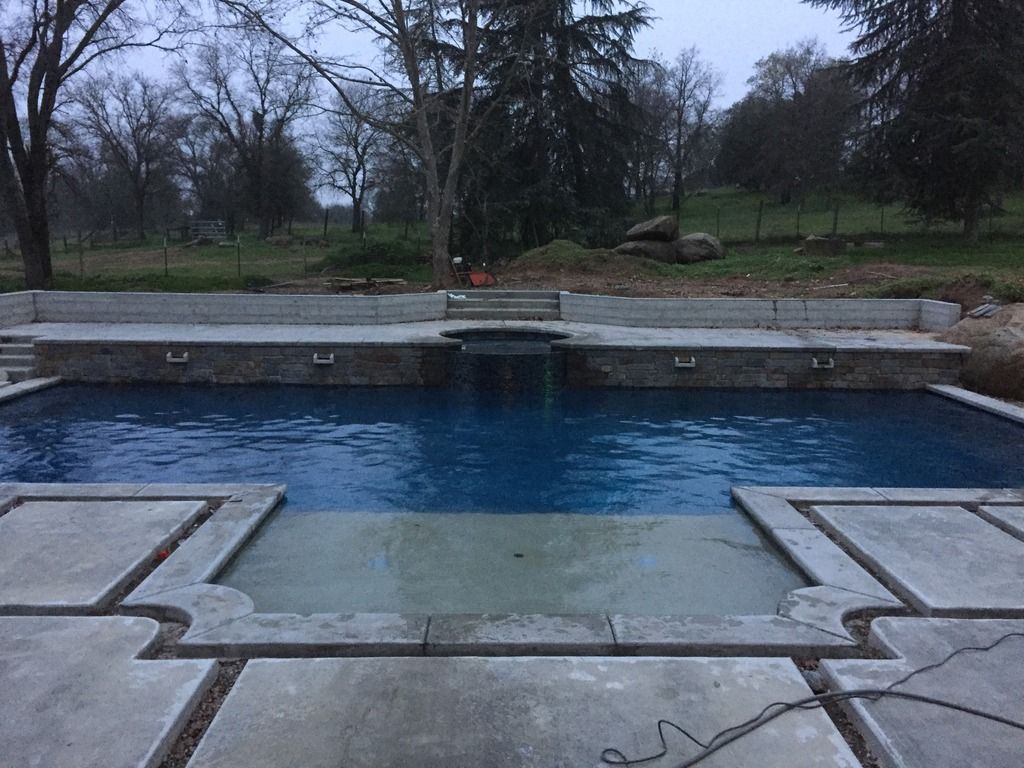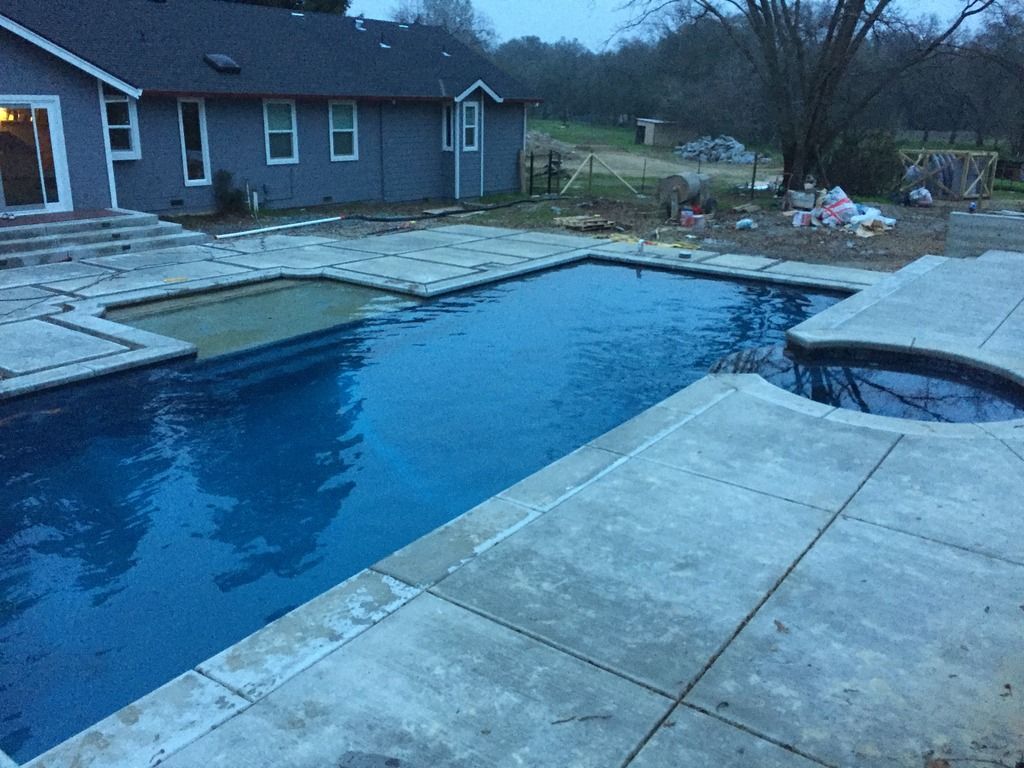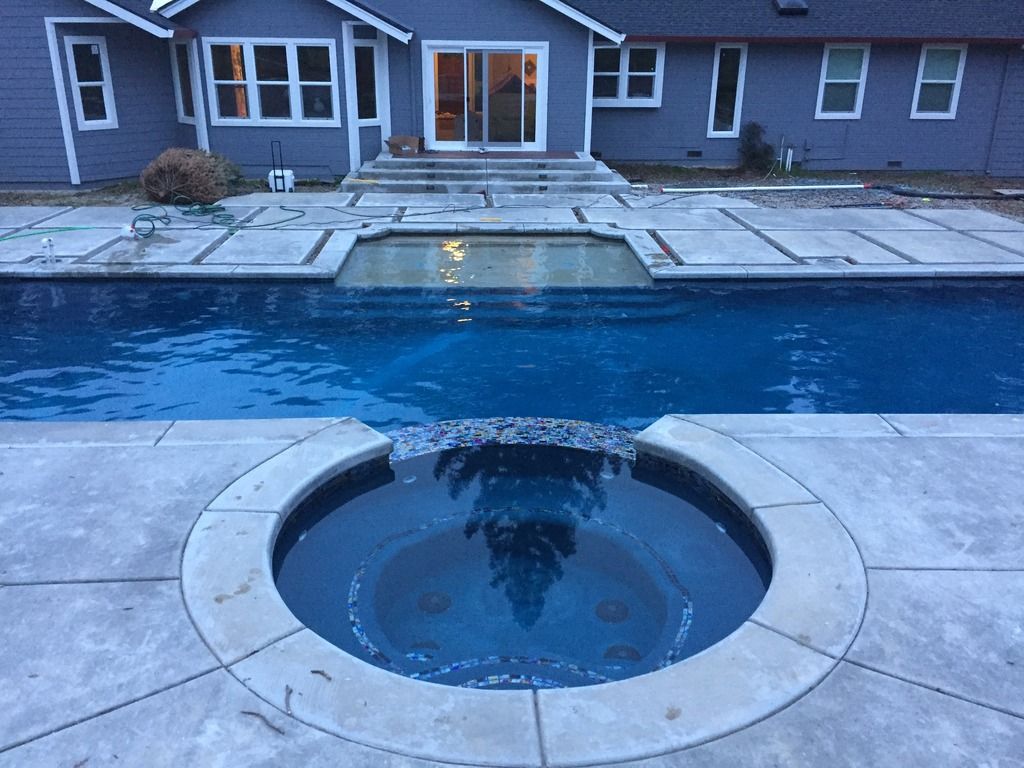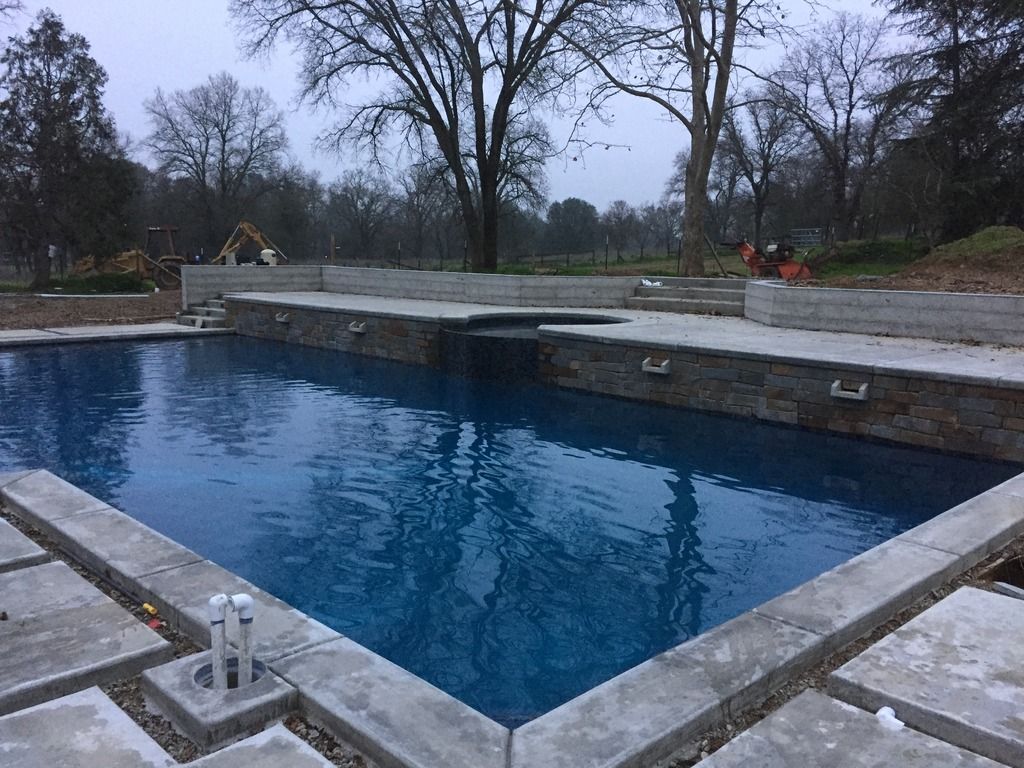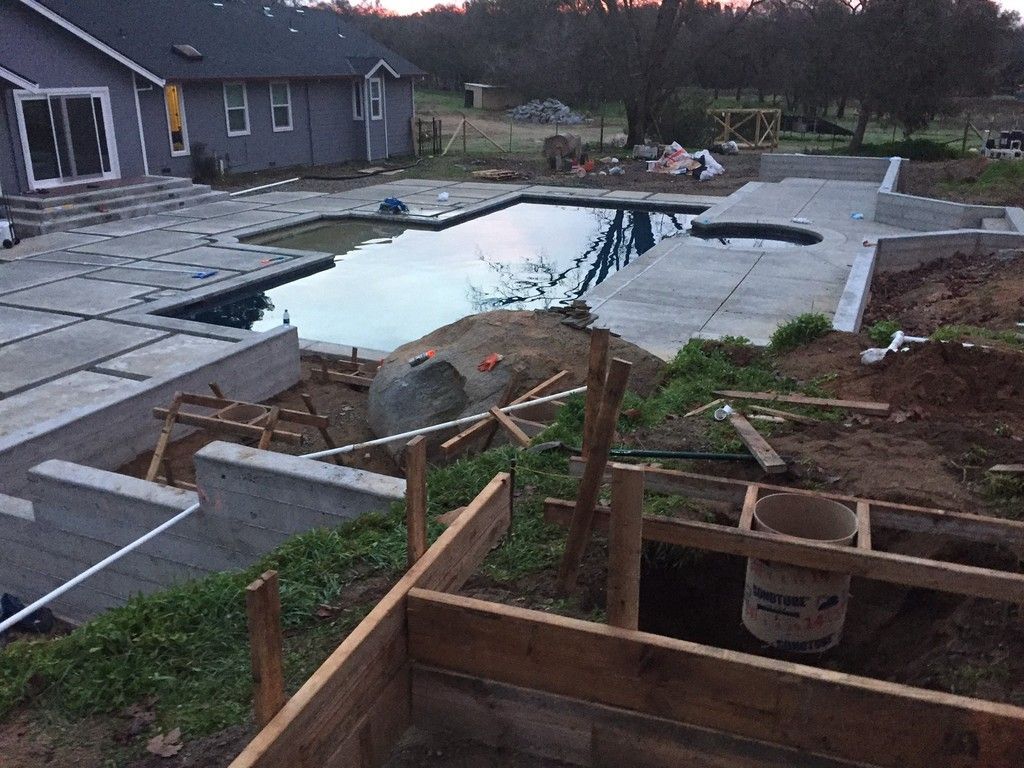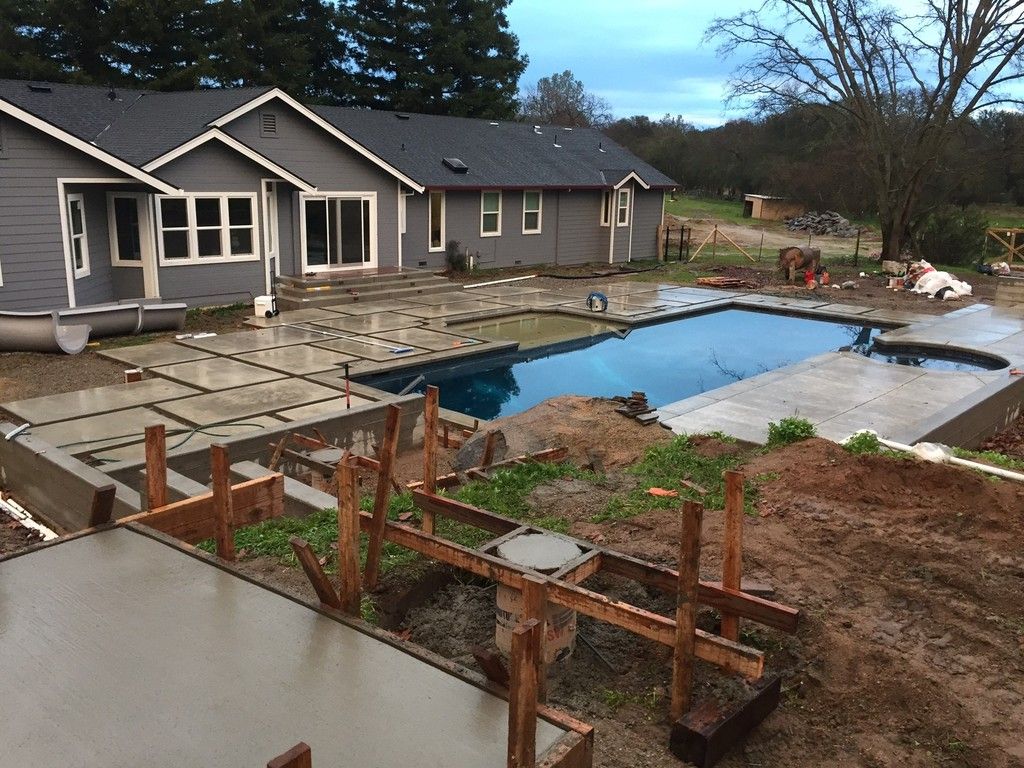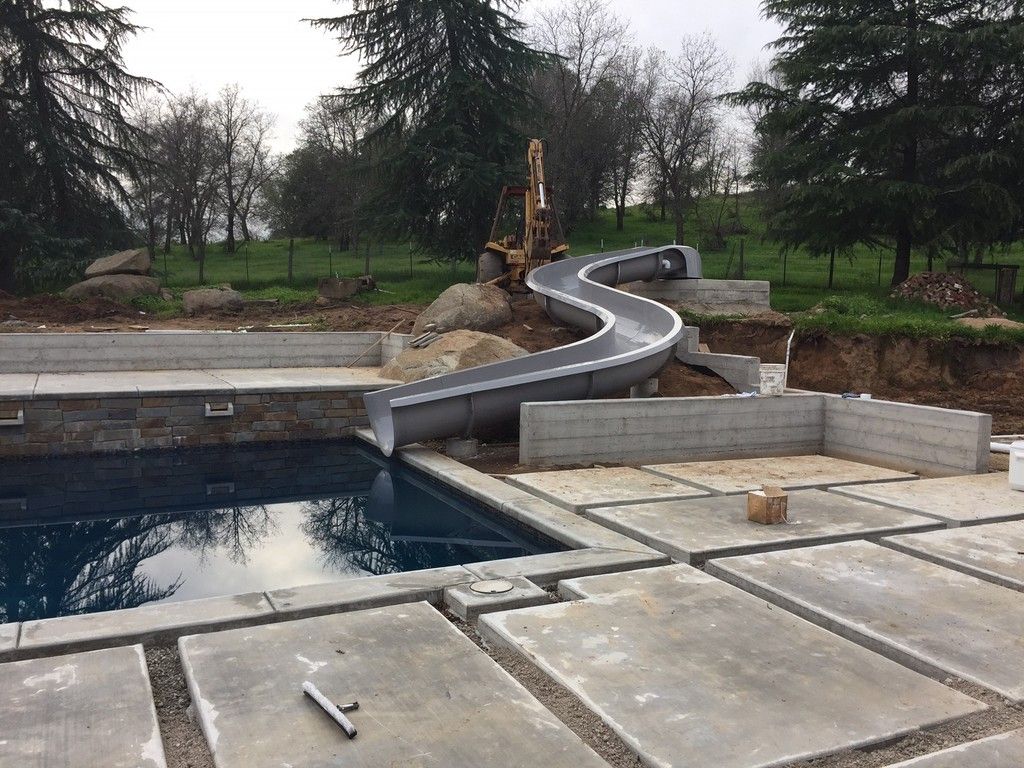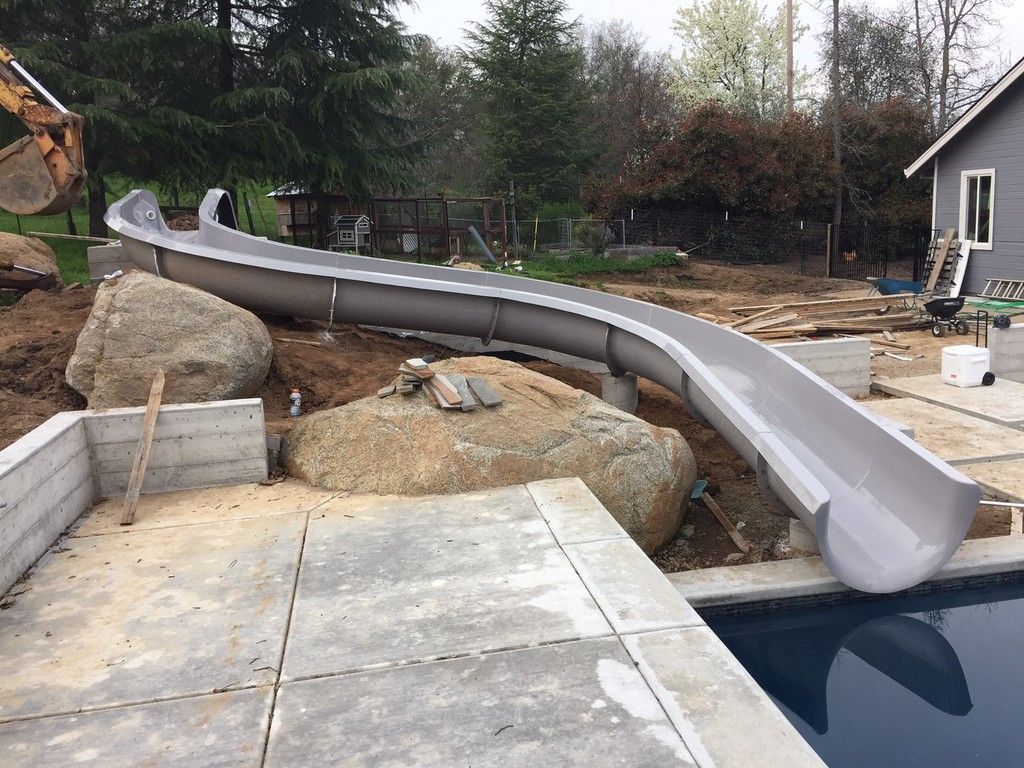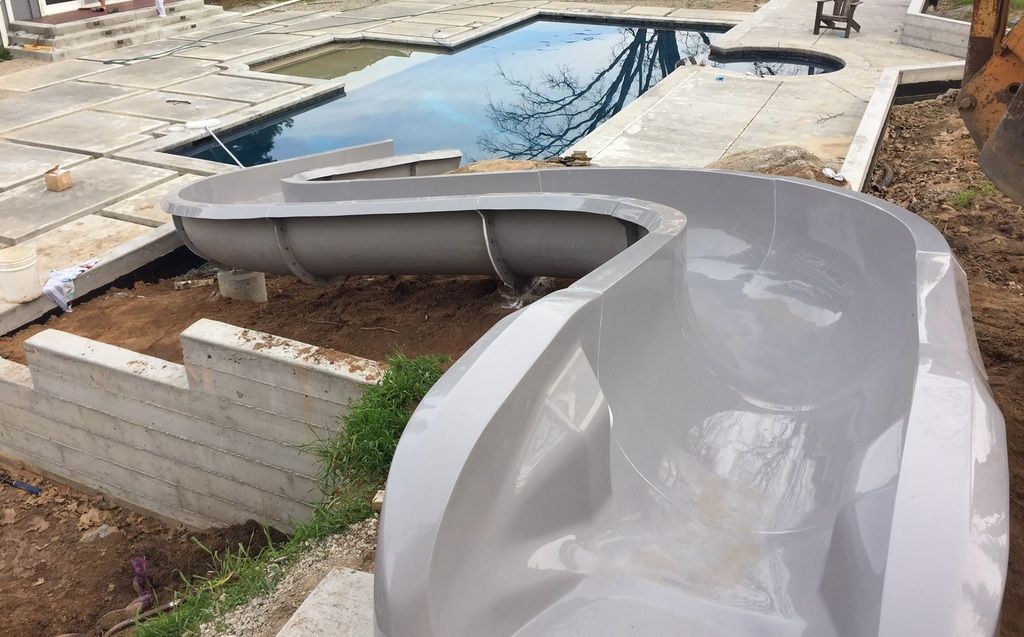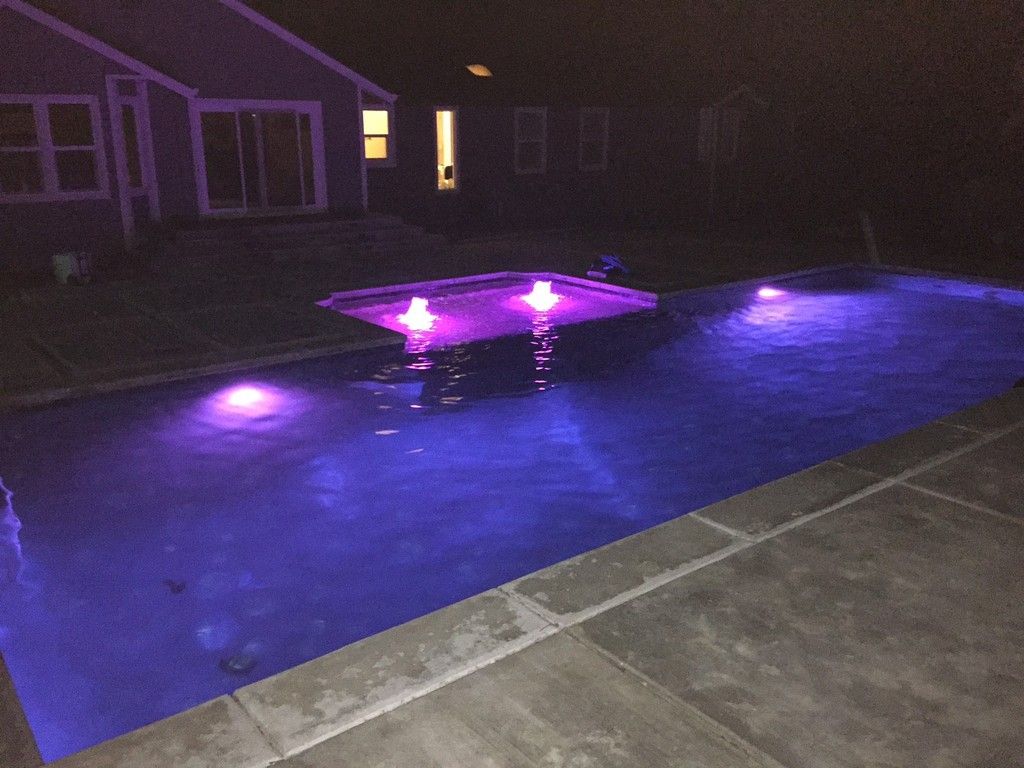Damon805
0
Re: Owner Build W/ Rock Blasting - Loomis, CA - Plaster Issues
Whoa that's a bummer about the timeline being pushed back due to groundwater. I'm here in West Sac, and when I had my pool built about 1.5 years ago, there was no worry of ground water due to the drought. In fact, I was barely allowed to fill my pool because of mandatory water restrictions [emoji15].
Anyway, your build is looking pretty awesome. I can only imagine how excited you and the family are. Thanks for all the pics!
Sent from my iPhone using Tapatalk
Whoa that's a bummer about the timeline being pushed back due to groundwater. I'm here in West Sac, and when I had my pool built about 1.5 years ago, there was no worry of ground water due to the drought. In fact, I was barely allowed to fill my pool because of mandatory water restrictions [emoji15].
Anyway, your build is looking pretty awesome. I can only imagine how excited you and the family are. Thanks for all the pics!
Sent from my iPhone using Tapatalk


